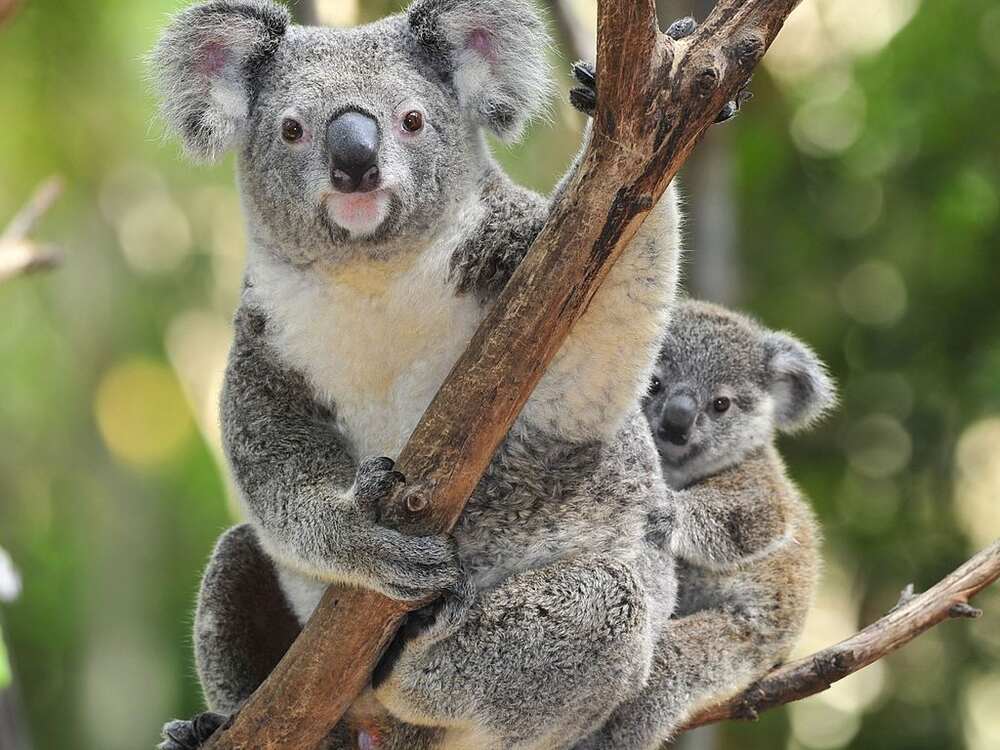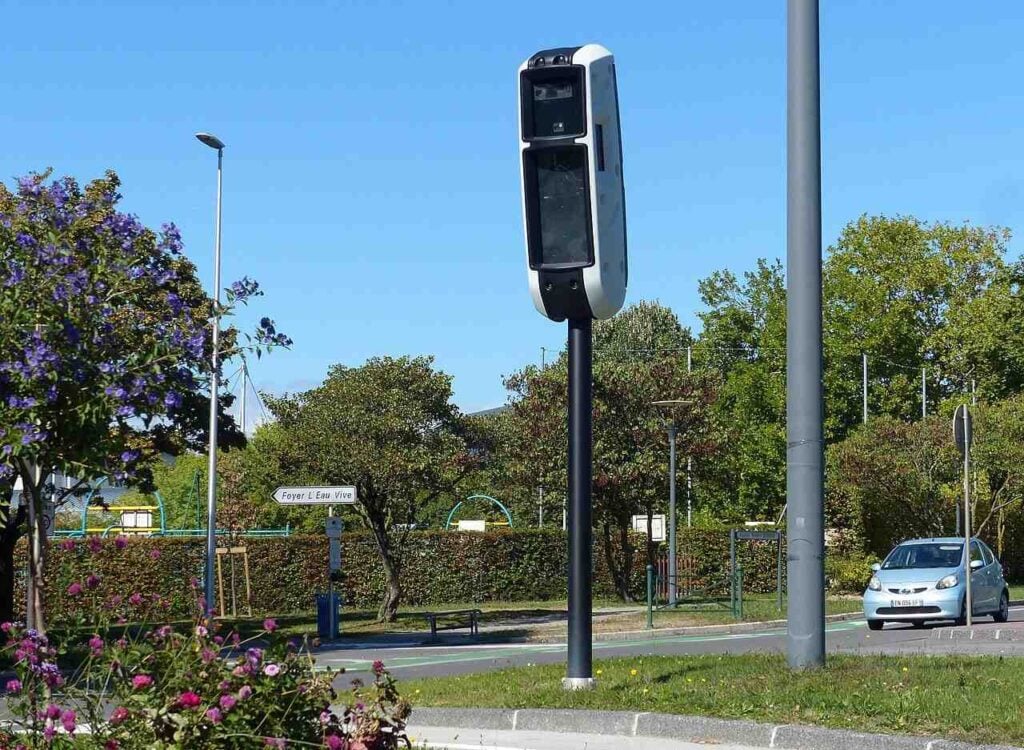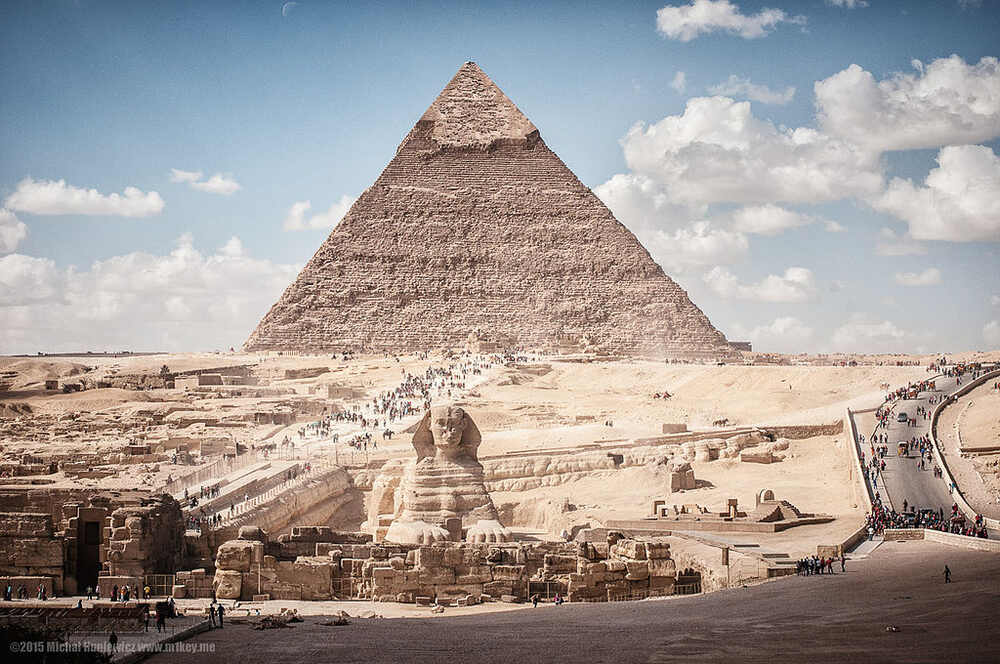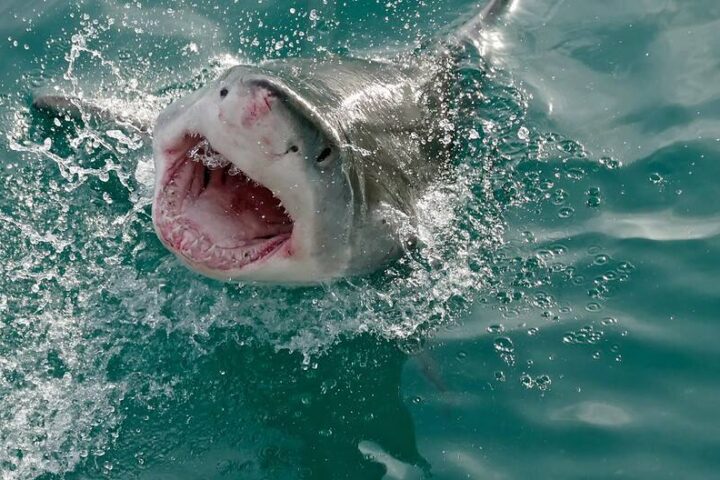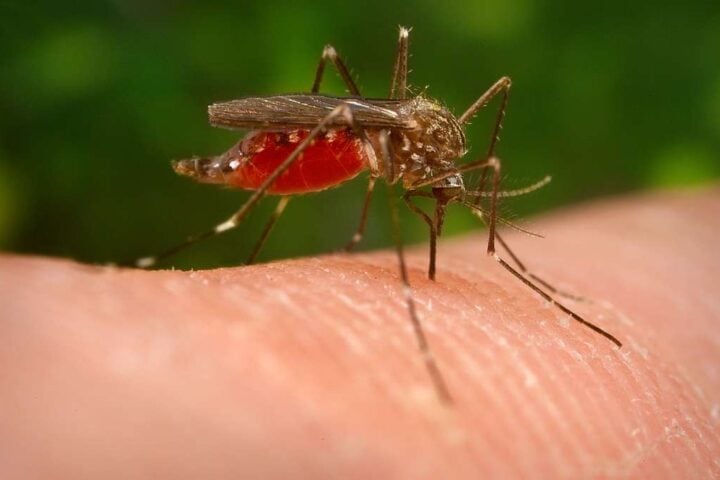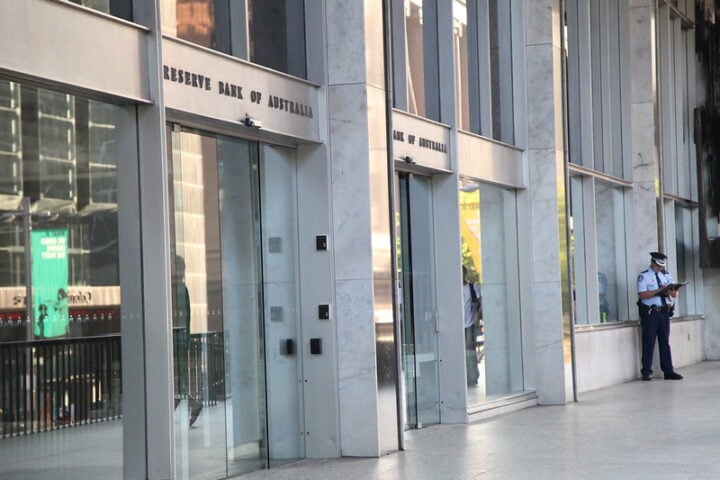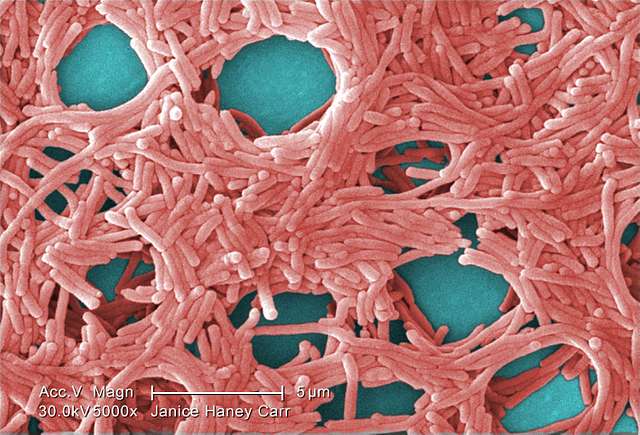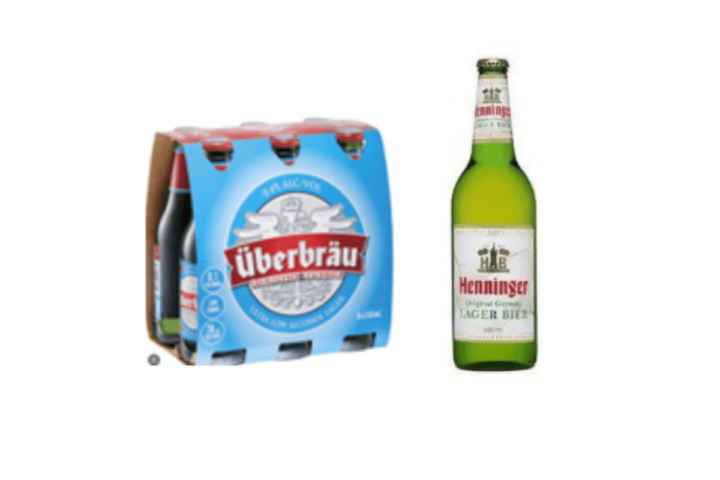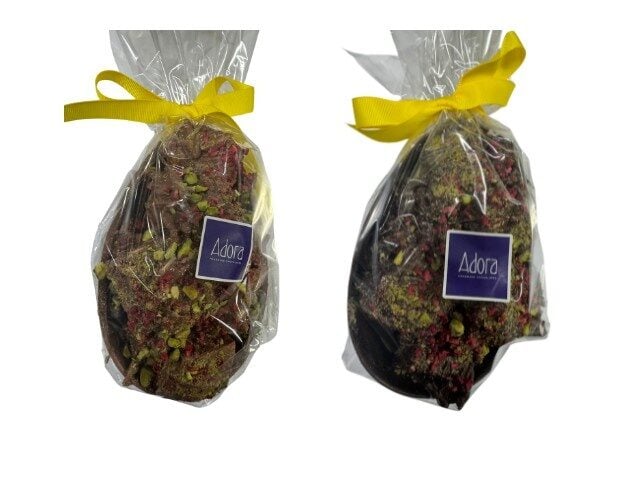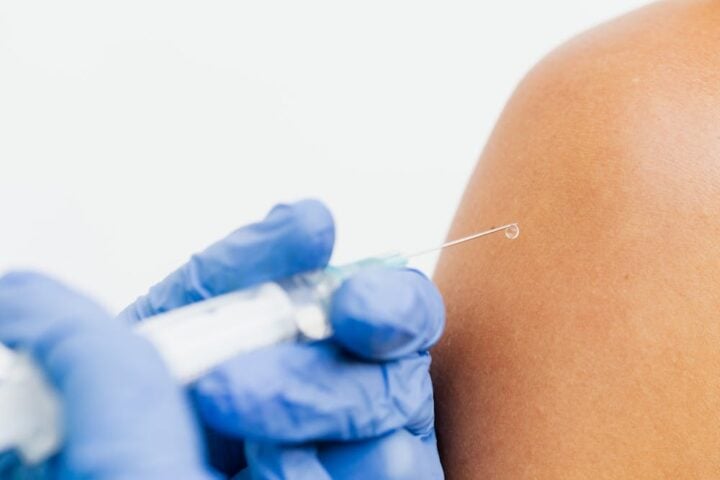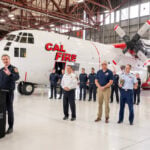Around 700 koalas have been shot from helicopters in Victoria’s Budj Bim National Park, sparking intense debate about wildlife management in Australia. The Victorian government defends the action as necessary to prevent suffering, while wildlife advocates condemn it as cruel and unnecessary.
The cull followed a bushfire that destroyed approximately 2,200 hectares – over one-third of the 5,500-hectare park. The fire damaged large areas of manna gum, a key food source for the park’s koala population, estimated at 2,000-3,000 animals.
Victorian Premier Jacinta Allan defended the decision, saying it was made after “extensive assessments” showed the koalas were “in a lot of distress.” Government officials maintain the cull was a humane response to prevent prolonged suffering of animals that were starving, dehydrated, and injured.
“The options were to just leave them to deteriorate or take proactive steps to reduce suffering by using aerial assessments,” said James Todd, the state government’s chief biodiversity officer.
Wildlife advocates strongly disagree with both the decision and the method. Jess Robertson, president of Koala Alliance, criticized the aerial approach: “There is no way they can tell if a koala is in poor condition from a helicopter.”
The use of helicopter marksmen for koala culling appears unprecedented in Australia, setting what Friends of the Earth Melbourne calls “a nasty ethical precedent.” Critics argue this method doesn’t allow for proper health assessment of the animals or consideration of dependent joeys.
“No efforts are being made to check, when you’re blasting koalas from helicopters, to see if they have pouch-young,” said Animal Justice Party MP Georgie Purcell.
Government officials counter that each koala was individually assessed, often at distances of less than 30 meters, with support from binoculars and other optical aids. Todd claims an initial trial demonstrated that aerial shooting was both accurate and humane, with a wildlife vet confirming the poor health of the culled animals.
Similar Posts
The situation highlights complex koala management issues in Victoria. Unlike their endangered status in New South Wales, Queensland, and the Australian Capital Territory, Victoria has approximately 450,000 koalas. In some areas, they exist at what officials call “unsustainable densities,” leading to poor welfare outcomes.
Wildlife ecologist Desley Whisson from Deakin University described the cull as a “merciful, compassionate response” given the circumstances, noting that it was a difficult decision politically.
“This is quite a drastic response,” she said. “But if you’ve got helicopters flying over an area and you see hundreds of koalas that are burnt, or covered in fire retardant, or otherwise showing signs of distress, I think you would want to make a decision to put them out of their misery.”
Critics point to broader management failures. Between 1995 and 2010, about 170,000 hectares of blue gum plantations were established in southwest Victoria. These plantations attract koalas but are clear-felled every 14 years, causing habitat loss and starvation cycles.
Koala ecologist Rolf Schlagloth argues that while emergency responses are sometimes necessary, they don’t address underlying landscape issues. “The real issue is the lack of connectivity and failing to properly manage koala habitat and native vegetation,” he said.

Lisa Palma, chief executive of Wildlife Victoria, expressed sadness over the situation but acknowledged that euthanasia is sometimes the most compassionate option after bushfires. She stressed that euthanasia should “cause the least stress to the animal, as humanely as possible, and always be scrutinized.”
The cull has received global media attention and remains a contentious issue as wildlife groups continue to push for greater transparency, alternatives to aerial culling, and better long-term koala management strategies.
“The koala is a flagship species,” Schlagloth noted. “If we can’t solve the problems of the koala, what hope do other species have that don’t have that profile.”
